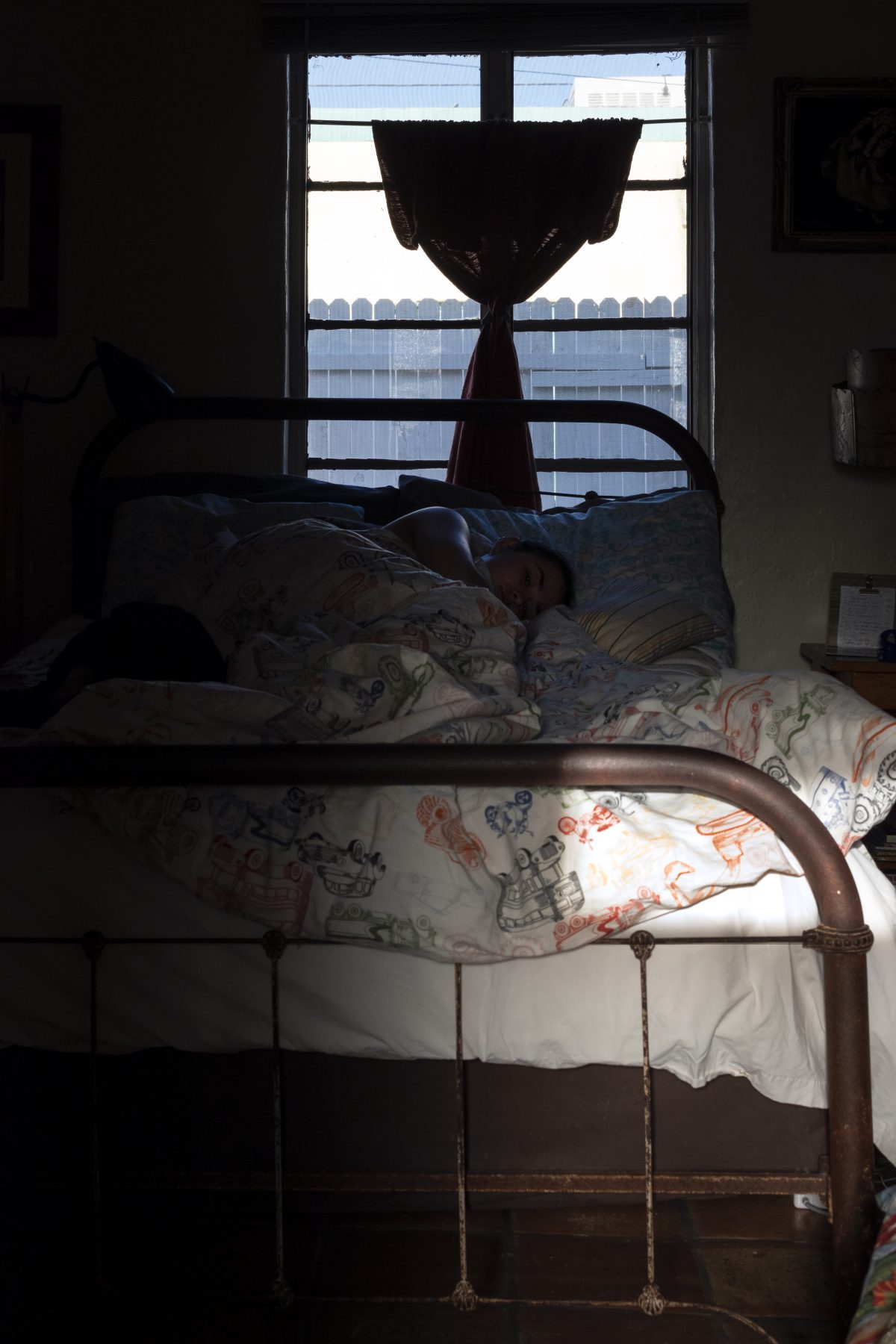Teenagers fuck, right?
This seems like a universal truth. Our adolescence is a critical period of sexual discovery, experimentation, and foundational growth. The experiences we have throughout our youth inform the way we will perceive our own bodies, romantic relationships, and intimacy later in life. So why do movies about teenagers get it so monumentally, hilariously wrong?
There is a dichotomy in films that handle teen subjects. Sometimes, the characters are presented as sexless, chaste automatons. Movies like Love, Simon and To All the Boys I’ve Loved Before take this approach. Whatever sexual behavior or intimacy depicted in films like these is marginal and brief. Haphazard make outs and uncomfortable first kisses are offered up as if to allude to the fact that, yes, these kids do indeed fuck — or at least, will at some point. But, they stop just short of ever depicting any genuine expression of sexual intent or behavior.
Why does this happen?
On one hand, depicting underage sexual behavior will more likely than not leave your teen-oriented film with an R rating, thus limiting its reach and scope of audience. Most sixteen-year-olds won’t even be able to legally see the film. On the other hand, America has a habit of brushing its legions of horny teens under the rug. In his (amazing) essay, “Afternoon of the Sex Children”, culture critic Mark Greif pinpoints the general attitude with which teen sexuality is treated by the adult arbiters of American culture: “…yet in public we want to believe that children are not prepared for sex as we are, do not understand it, and have a special, fragile, glassy truth inside them that will be endangered by premature use — as if the pearls of highest value for us, our chase after sex, our truth of ‘sexuality,’ should not also be the treasure for them.” This is where the cognitive dissonance lies.
In public, moralists shun honest and wholly natural explorations of teen sexuality as being pornographic or shameful. Yet, in private, these same moralists fondly look back upon their own youthful experiences as part of the greater tapestry of their adult sexual development. These experiences can only be enjoyed and appreciated once adulthood has been reached and the taboo has been lifted. But the fact of the matter is, teens are having sex before being able to contextualize these experiences in a lifetime’s worth of sexual encounters. Thus, in an effort to appease both the moralists and the wider culture, filmmakers attach figurative chastity belts to their teen protagonists.
The other method used to depict teen sexuality is equally misinformed. The kids found in these films are deranged, maniacal sex freaks looking to get off anywhere and in any manner they can. Boys are presented as frothing-at-the-mouth perverts hellbent on “punching their v-card” or getting head. Girls are Greek nymphs, running from their pursuers with perky, voluptuous breasts and perfectly manicured vaginas in tow. Some examples of this approach can be found in films like American Pie, Not Another Teen Movie, and Superbad. While they may be fundamentally more honest than the spayed-and-neutered approach previously discussed, these films also fail to paint an honest and relatable picture of teen sexuality.
Did we all, more than likely, spend a lot of time thinking about sex as adolescents? Yes (most of us do as adults, too).
Did we all behave in the way presented in films like these? Mostly, no.
This approach to the presentation of teen sexuality is unhelpful because it is generally unrelatable for countless kids and can set unrealistic expectations regarding our high school sexual development. It’s a carnal caricature of youth that most people simply don’t and can’t relate to.
None of the films I’ve discussed here are necessarily bad films (maybe Love, Simon — but that’s a topic for another piece). They simply portray sexuality in a mythic way that does not speak to the way sexuality exists today for most of America’s teens. I want to see movies that show sex and intimacy in all its configurations. Teen sex needs to be portrayed as what it is. At different times and all at once, it can be awkward, passionate, life-changing, boring, uncomfortable, painful, freeing. It can be awkward makeouts, clandestine car-hookups, or intimate firsts in bed. Sex can lead us to better understand ourselves and others — and it can lead us into trouble. Sex is not good or evil. Sex is sex.
But teen sex is still sex. So, let’s start treating it as such.
First two photos by Haley Hasan, and the third by Brianna Saenz.
